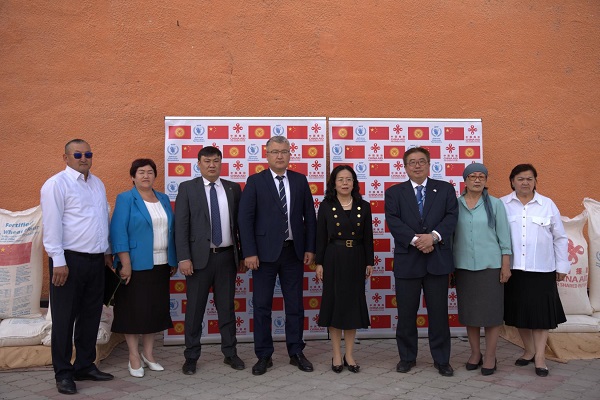China is intensifying its efforts to expand influence in Central Asia, capitalizing on reduced U.S. foreign aid following the Trump administration’s decision to dismantle the US Agency for International Development. This was reported by Eurasianet.
Historically, China’s engagement in the region has centered on large-scale infrastructure projects under its Belt and Road Initiative (BRI). However, Beijing is now pivoting to smaller, community-focused programs in collaboration with international partners.
On May 16, China launched its first such initiative in Central Asia, partnering with the United Nations’ World Food Programme to provide school meals to over 100,000 students in southern Kyrgyzstan. The project, supported by China’s International Development Cooperation Agency (CIDCA) and the Global Development and South-South Cooperation Fund, marks CIDCA’s initial multilateral effort in the region.
“This contribution from China will help address critical micronutrient deficiencies among primary school children,” said Kojiro Nakai, WFP representative and country director, at a launch event in Osh, Kyrgyzstan’s southern capital.
By year’s end, China plans to supply approximately 1,700 metric tons of fortified wheat flour, vegetable oil, rice, and lentils to 300 schools across Osh, Jalal-Abad, and Batken provinces.
These “small and beautiful” (S&B) projects, as described by CIDCA, aim to build goodwill in the Global South. A recent CIDCA report positions S&B as a new phase of BRI, emphasizing China’s commitment to “humanistic care” in its foreign aid efforts. The report outlines plans to expand S&B initiatives in the coming months, integrating them with existing BRI infrastructure projects to address local livelihood challenges while strengthening development foundations. /// nCa, 20 May 2025
